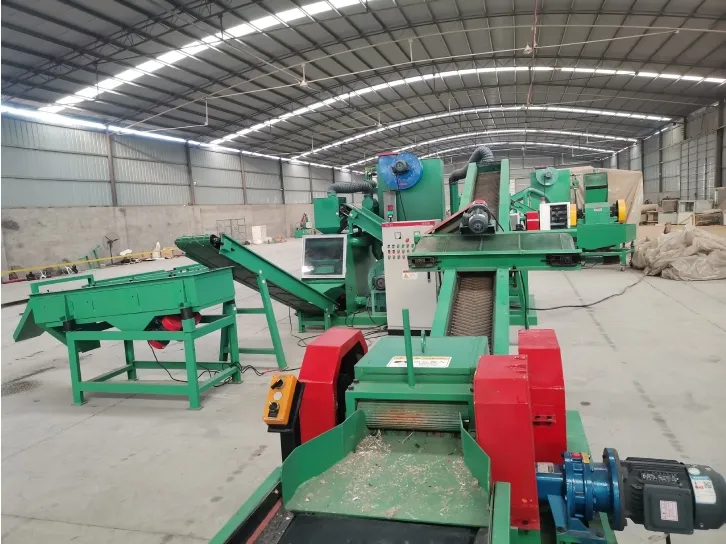Navigating the complex world of e-waste management is a growing challenge in our tech-driven society. The ubiquitous presence of gadgets and electronic devices in our daily lives inevitably leads to the accumulation of electronic waste, or e-waste. For both households and businesses, managing this environmental concern effectively not only addresses environmental responsibility but also supports sustainable living practices. This is where e-waste bins come into play as an essential tool in the proper disposal and recycling of electronic waste.

The effectiveness of e-waste bins begins with their strategic placement and accessibility. By situating these bins in high-traffic areas such as malls, electronic stores, office complexes, and schools, a broader demographic is afforded the convenience of responsibly disposing of their old electronics. When implemented correctly, these bins not only facilitate the collection of e-waste but also engage communities in environmental conversation and action. This engagement is crucial for fostering a collective commitment to reducing our carbon footprint.
From a technical perspective, e-waste bins are an exemplary combination of user-friendly design and eco-efficient technology. Designed to handle a variety of electronic components, these bins are usually equipped with compartments that segregate different types of e-waste, such as batteries, circuits, monitors, and mobile devices. This segregation is pivotal for streamlining the recycling process, ensuring that materials such as metals and plastics are appropriately processed and repurposed.

The authority and trustworthiness of e-waste bins are enhanced by compliance with environmental regulations and standards. Leading manufacturers of these bins adhere to strict guidelines that govern the handling and disposal of electronic waste. This includes meeting governmental and international standards, which not only ensures that the bins are safe and effective but also reassures users of their environmental reliability.
An exemplary e-waste management program doesn’t just stop at providing bins; it encapsulates much more. Educational initiatives aimed at raising awareness about e-waste and its impact are fundamental. These could be in the form of workshops, seminars, and online resources that inform the public about the importance of e-waste recycling and how to utilize e-waste bins effectively. Through education, habitual changes in disposing of electronics can be inspired, leading to more sustainable behaviors at both individual and community levels.
ewaste bin
For businesses, investing in e-waste bins translates into a commitment to corporate social responsibility. Not only does it position the company as an environmentally conscious entity, but it also invites customers and partners to participate in sustainable practices. Many organizations are now embedding e-waste management into their operational strategies, recognizing its significance in driving long-term ecological benefits. These programs are often aligned with broader sustainability goals and can significantly enhance corporate reputation.
Furthermore, insights derived from e-waste collection data can offer invaluable information to manufacturers and policymakers. Analyzing this data reveals usage patterns and disposal habits, encouraging the development of electronic products that are more durable, repairable, and recyclable. Such insights can lead to policy developments that further support sustainable living and conservation of resources.
Emphasizing innovation, manufacturers are constantly exploring new technologies and materials to enhance the efficiency and utility of e-waste bins. For instance, the integration of smart technology, such as sensors and data analytics, provides real-time monitoring of bin capacity, optimizing collection routes and reducing transportation emissions. These technological advancements address logistical challenges and present scalable solutions to global e-waste concerns.
In conclusion, e-waste bins are not merely receptacles for discarded electronics; they represent a gateway to more responsible consumer behavior and robust waste management strategies. Through design ingenuity, regulatory adherence, educational outreach, and technological innovation, these bins are pivotal to pursuing a more sustainable future. Engaging communities, industries, and policymakers in this ongoing dialogue is imperative as we strive toward reducing the environmental impact of our electronic footprints. By supporting and utilizing e-waste bins, we take significant steps towards achieving ecological balance and safeguarding the planet for future generations.


